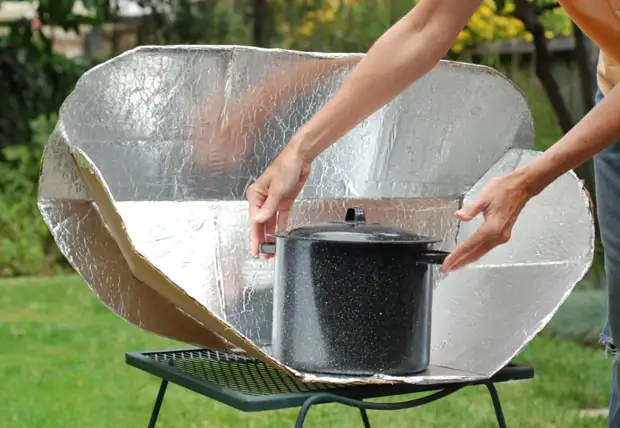
As you know, the flow of heat that the sun sends us is very large, even in the middle lane, it easily reaches one kilowatt per square meter. Kilowatt is approximately like a mob of electric furnaces. And sin disappear without the cause of such a number of energy.
In this review, I would like to draw the attention of homemade workers on how you can make actually working solaries in which you can prepare food, dry mushrooms, or, for example, to get heat for thermogenerator's operation on Peltier elements.
Basically, in the world, when using such structures, the main emphasis is made on cooking, or disinfection of water without the use of fire. But what prevents applying all this for other purposes.
It should not even think that all similar designs were invented for hot countries and work only there. Nothing like this. The first (mentioned) solar furnaces were invented by Horace de Solviyur, the Swiss naturalist in 1767. Now solar kitchens are used from hot Africa deserts to Canada forests. In the middle strip of Russia, such kitchens can really work about 5 ... 6 months a year, however, in some areas of Siberia, where the continental climate provides a clear sky for many days, up to 300 days in year. T.E. While the sun shines.
Designs
What kind of structures of solar furnaces exist now? The main types are three:
1. Boxes.
2. With a mirror-hub.
3. Combined.
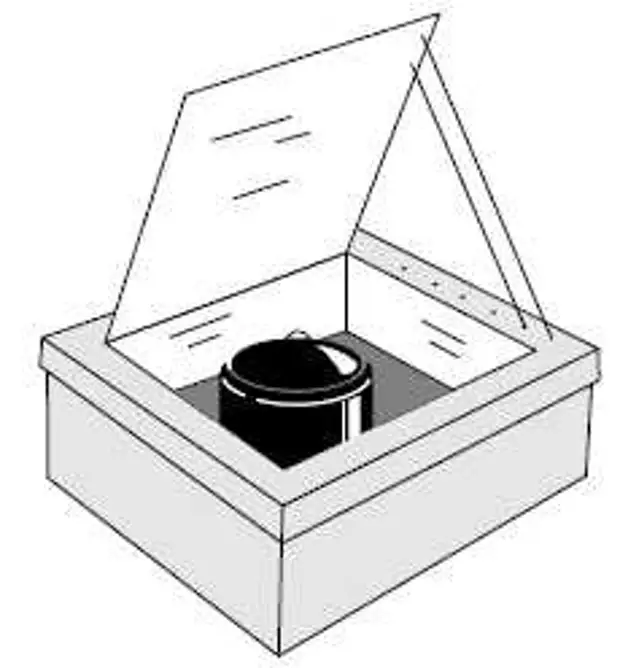
Box sun oven.
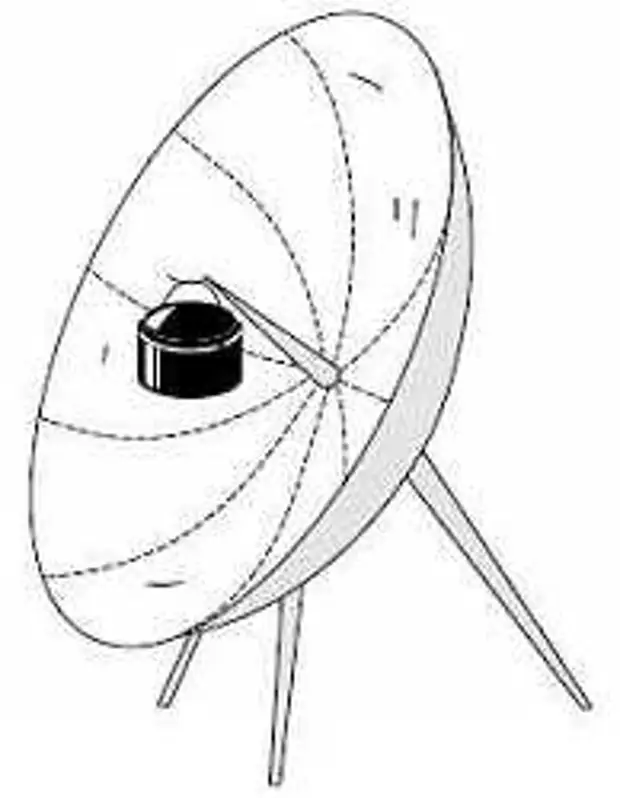
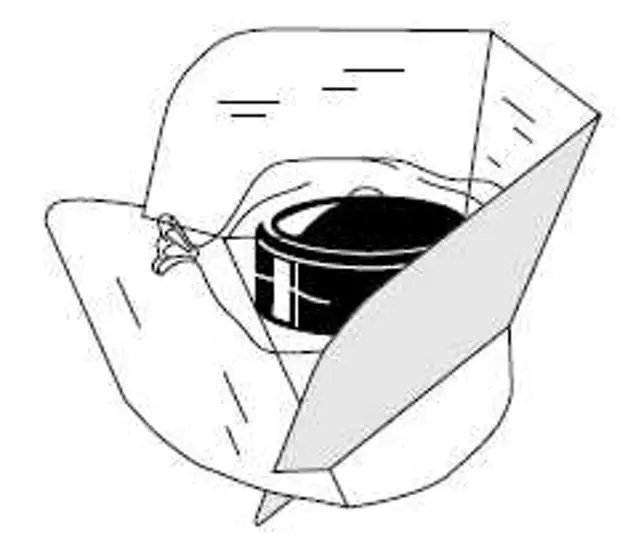
All these designs can be easily manufactured using girlfriend - cardboard, foil, glue, etc. The examples below will be clearly visible.
Boxing solaries
It is a heat insulated box, most often from ordinary cardboard, the top of which is covered with transparent glass or plastic. One or more mirrors reflectors are often added to such a box to increase heat collection.
Such heaters are used mainly to relatively slow preparation of large amounts of food.
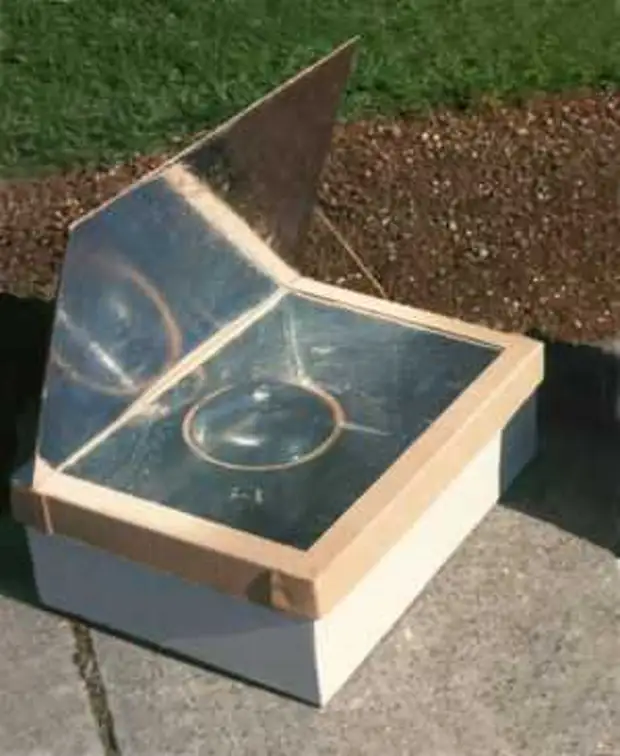
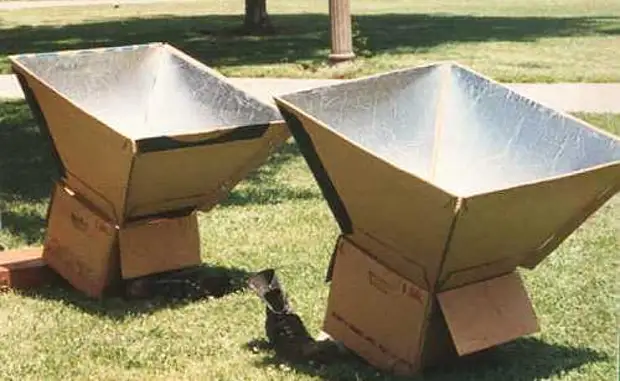
Boxing solaries
Actually, the design of the apparatus is visible in the pictures. As an addition, it can be noted that:
1. The inner walls of the box should also be covered with foil, i.e. Have a good reflection.
2. Pan, on the contrary, should absorb the rays well, i.e. Be black, for example, wiggly.
3. There must be good thermal insulation of the drawer walls so that the heat does not go outside, both through the walls and in the gap between the top glass and the walls.
As thermal insulation, cardboard, paper or other natural materials would be used, which would not be distinguished by harmful substances when heated.
The temperature in a similar furnace can reach 150 ... 170 gr. But even with a carton, fear of fire is not worth it, because Temperature is not sufficient for this.
The durability of such cardboard structures can be quite high - up to 10 years.
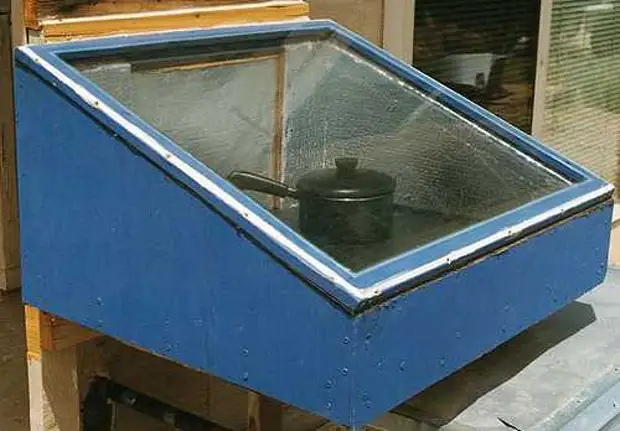
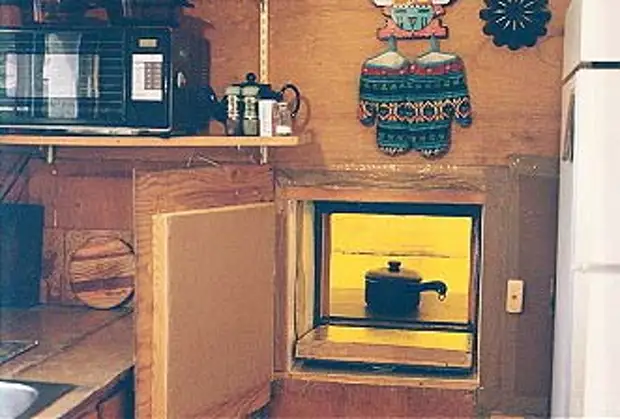
Examples of a more solid design.
Solar kitchens with parabolic hub
These plates are a conventional concave mirror, collecting rays in its focus. It is not necessary to achieve the ideal geometry of such a mirror, because In focus, it is usually located very large on the square of the saucepan.
The peculiarity of such kitchens is a large heating temperature "Objectives". Those. It is convenient to use when you need to quickly, like on a regular plate, prepare a relatively small amount of food.
The disadvantages of such a design are: the need to follow the sun (you have to turn the mirror about once in half an hour), and the ability to get burns of eyes and hands with careless circulation.
Despite the seeming complexity of the manufacture of the reflector, it is also quite simple and can be made of cardboard and foil. An example and sequence of assembling one of the options are shown in the figures below.
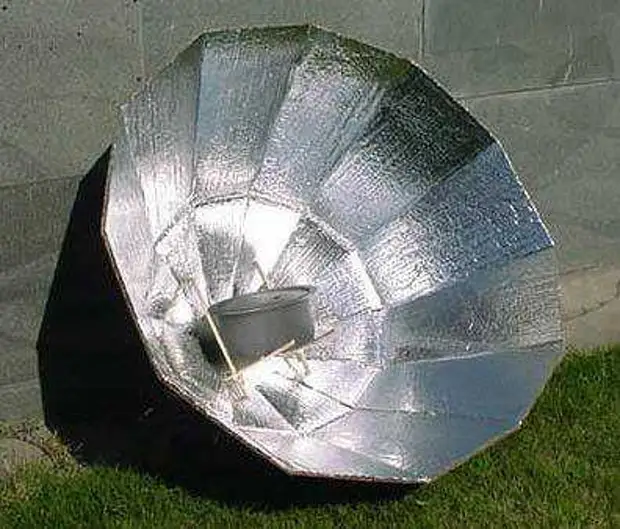
General form.
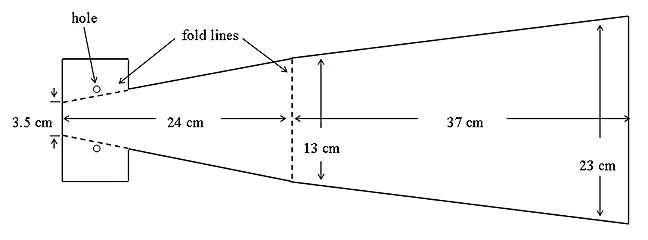
Cutting one of the petals. Total 12 pcs.
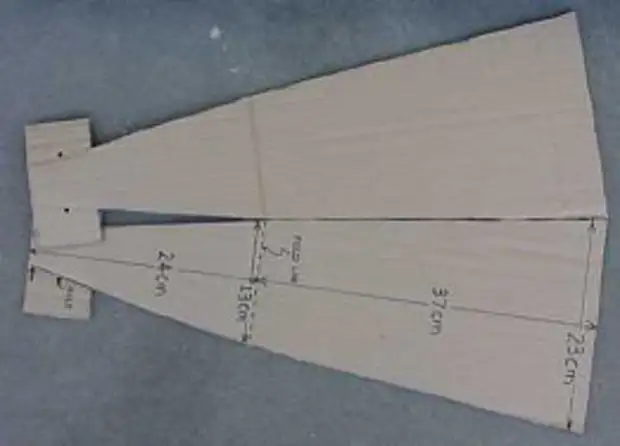
Petals of cardboard are first connected along the long side.
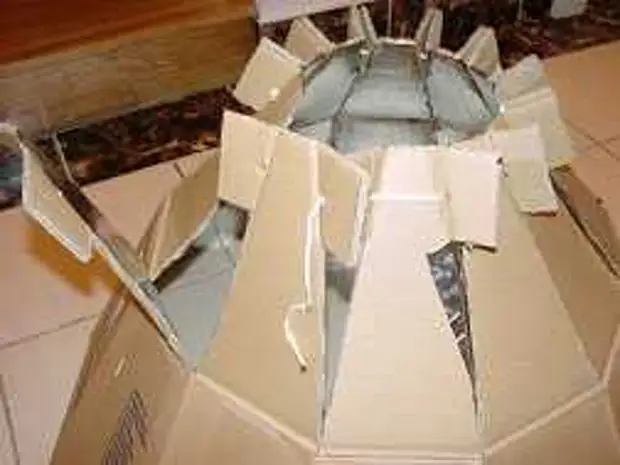
Then combine the inner part of the obtained hubbar.
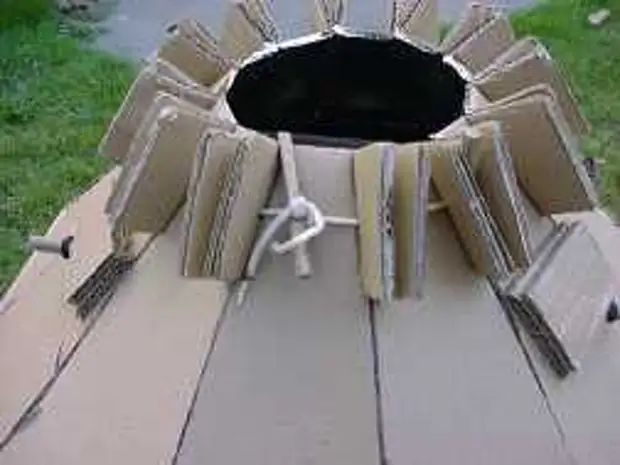
Strip the wire.
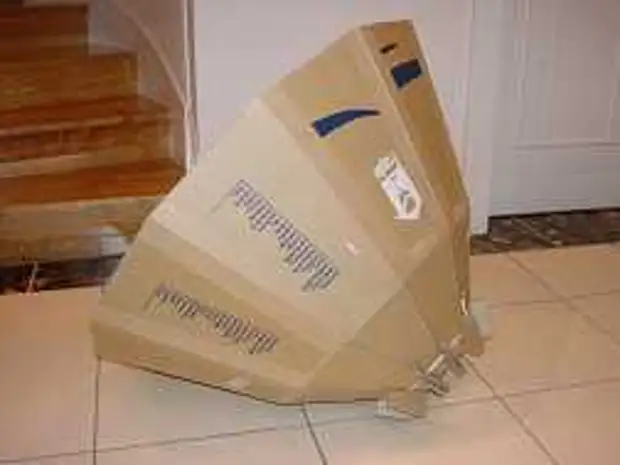
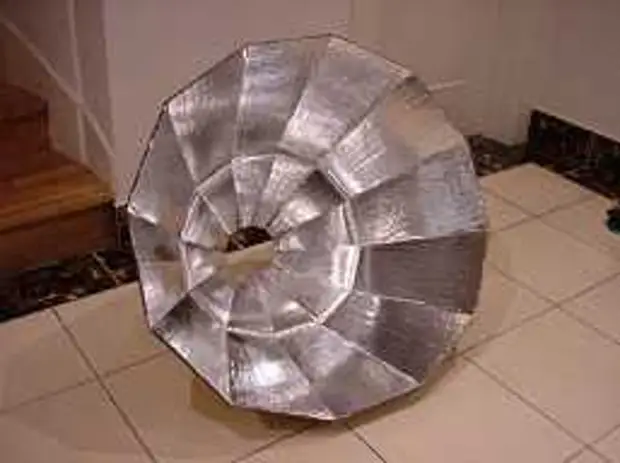
That's what is obtained as a result (view from the outside and inside).
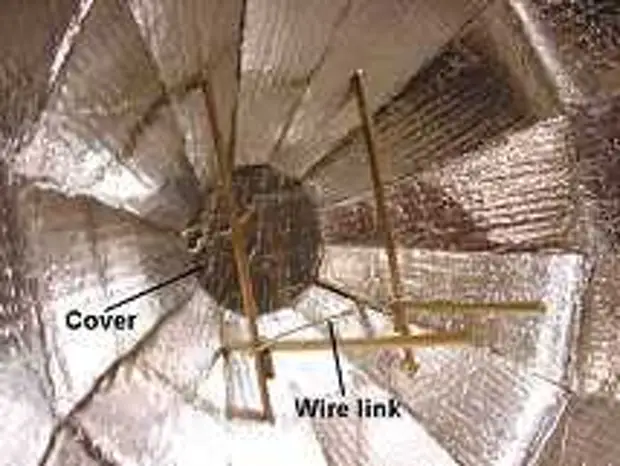
Inside strengthen the stand for the pan.
As you can see, nothing complicated. Even nothing to describe, the pictures explain everything.
Combined solar furnace scheme.
It is the easiest of construction, and is a concentrator mirror consisting of several flat mirrors and a pan, which is thermally insulated from the ambient air with a conventional polyethylene package.
Combined design
Below is a pattern of one of the real exhaust structures of similar furnaces. Let me remind you, as a mirror uses the usual cardboard with an aluminum foil pasted on one side.
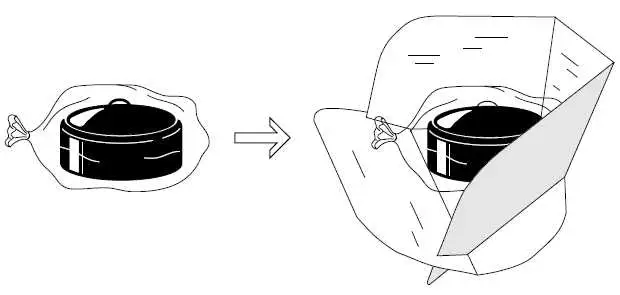
Pattern of a mirror for a combined solar furnace.
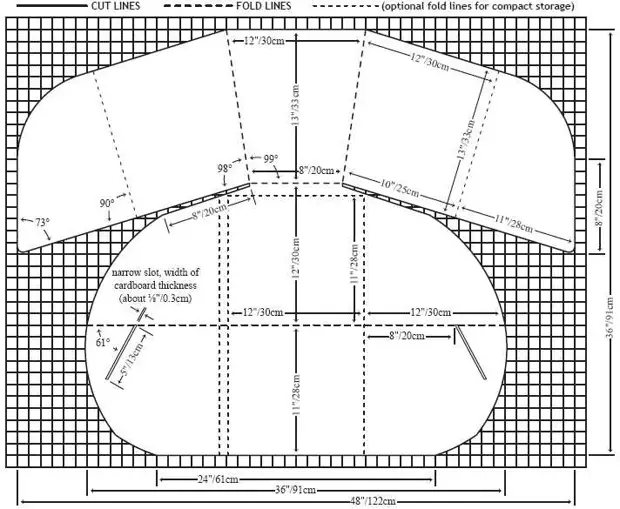
A feature of this design is the possibility of folding it into a compact block with dimensions, approximately 33x33 cm.
Folding.
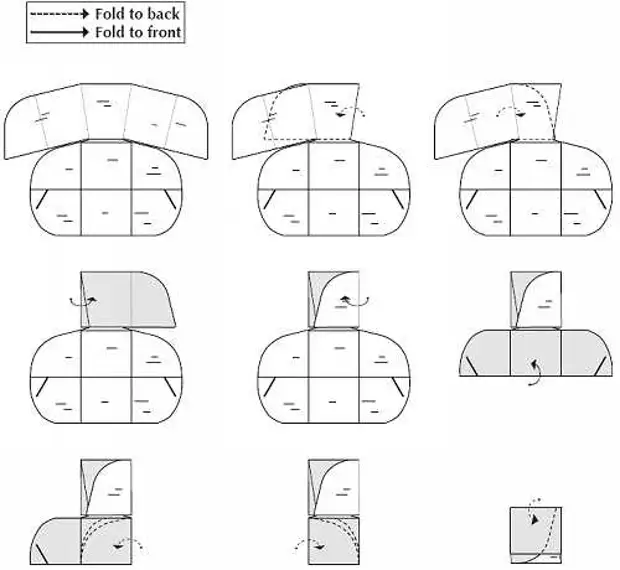
But what it looks alive.
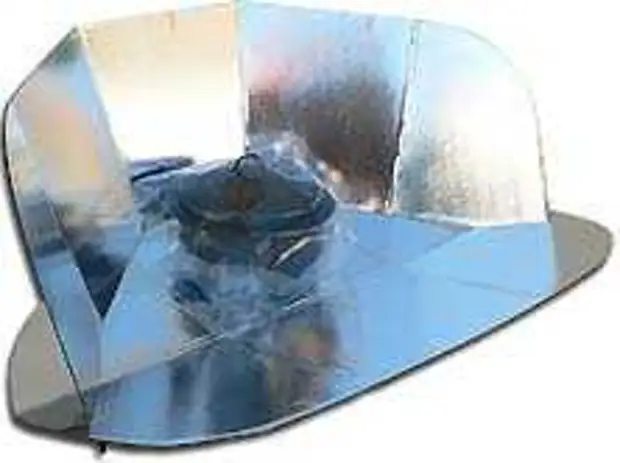
Conclusion
The purpose of this article was to draw the attention of tourists (and other people) to similar solar heaters. Although, abroad, they are positioned, mainly as devices for cooking, but if you approach creatively, you can find many applications in other areas.
After all, the main advantage of such furnaces is low cost and minimum weight (cardboard with foil).

